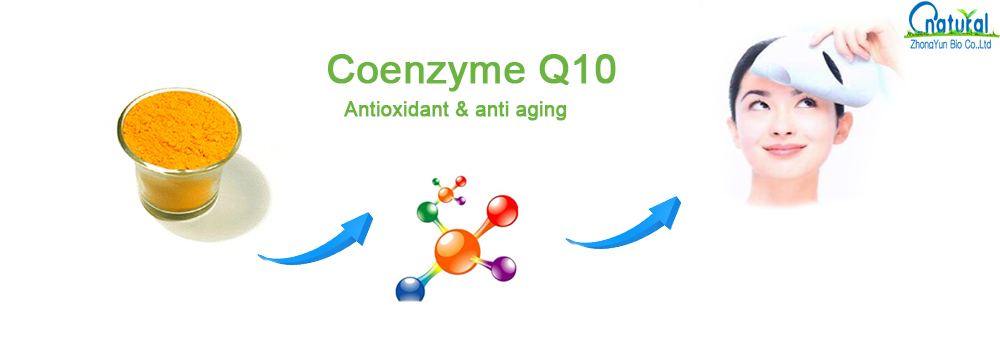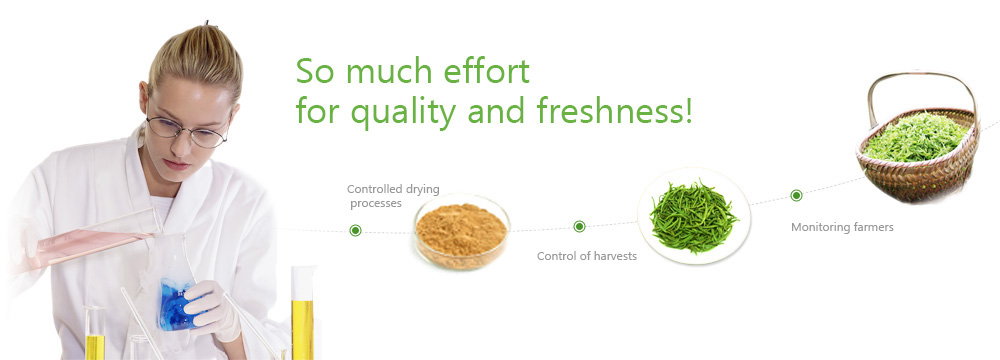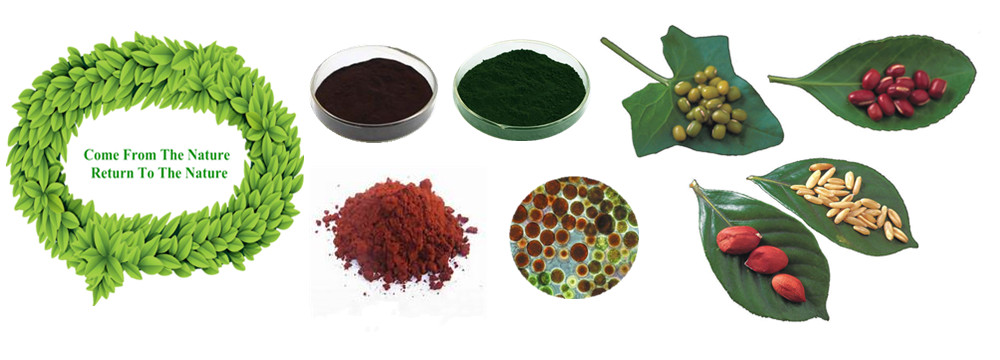- Home >>
- Traditional Chinese medicine 2)--Yinand Yang
Philosophical background
Traditional Chinese medicine (TCM) is a broad range of medicine practices sharing common concepts which have been developed in China and are based on a tradition of more than 2,000 years, including various forms of herbal medicine, acupuncture, massage (Tui na), exercise (qigong), and dietary therapy.Its philosophy is based onYinyangism (i.e., the combination of Five Phases theory with Yin-yang theory), which was later absorbed by Daoism
Special like the following:
Yin and yang are ancient Chinese concepts which can be traced back to the Shang dynasty (1600-1100 BC). They represent two abstract and complementary aspects that every phenomenon in the universe can be divided into. Primor dial analogies for these aspects are the sunfacing (yang) and the shady (yin) side of a hill. Two other commonly used representational allegories of yin and yang are water and fire. In the yin-yang theory, detailed attributions are made regarding the yin or yang character of things:
|
Phenomenon |
Yin |
Yang |
|
Celestial bodies |
moon |
sun |
|
Gender |
femal
|
male |
|
Location |
inside |
outside |
|
Temperature |
cold |
hot |
|
Direction |
downward |
upward |
|
Degree of humidity |
damp/moist |
dry |

Thus, yin and yang of the body are seen as phenomena whose lack (or overabundance) comes with characteristic symptom combinations:· Yang vacuity (also termed "vacuityheat"): heat sensations, possible night sweats, insomnia, dry pharynx, dry mouth, dark urine, a red tongue with scant fur, and a "fine" and rapid pulse.The concept of yin and yang is also applicable to the human body; for example, the upper part of the body and the back are assigned to yang, while the lower part of the body are believed to have the yin character.Yin and yang characterization also extends to the various body functions, and – more importantly – to disease symptoms (e.g., cold and heat sensations are assumed to be yin and yang symptoms, respectively).
· Yin vacuity ("vacuitycold"): aversion to cold, cold limbs, bright white complexion, long voidings of clear urine, diarrhea, pale and enlarged tongue, and a slightly weak, slow and fine pulse.TCM also identifies drugs believed to treat these specific symptom combinations, i.e., to reinforce yin and yang.
Yin and yang symbol for balance. In Traditional Chinese Medicine, good health is believed to be achieved by a balance between yin and yang



